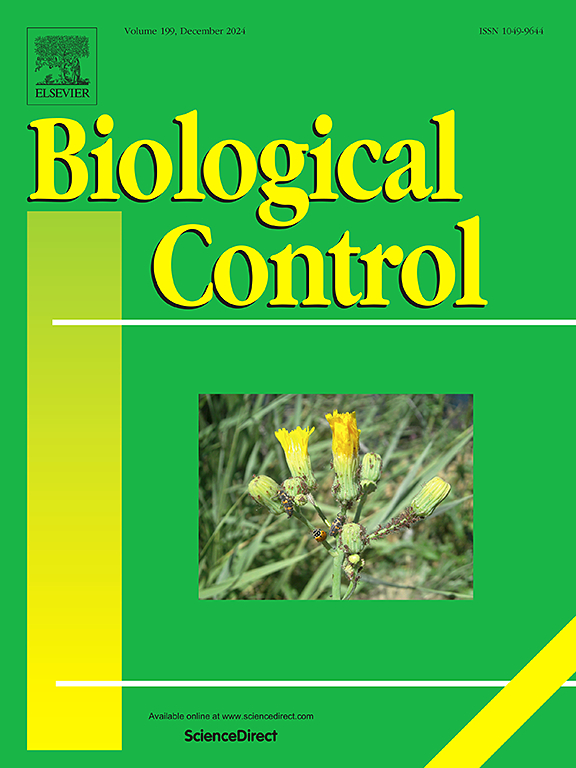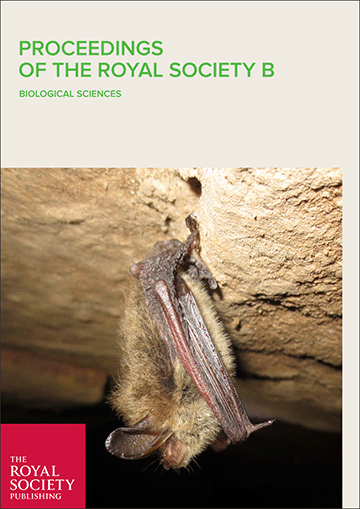Woody debris (WD) represents a globally significant carbon stock and its decomposition returns nutrients to the soil while providing habitat to microbes, plants and animals. Understanding what drives WD decomposition is therefore important. WD decomposition rates differ greatly among species. However, the role of bark in the process remains poorly known. We ask how, and how much, interspecific variation in bark functional traits related to growth and protection have afterlife effects on the decomposition of wood, partly mediated by animals. We examine the roles of bark cover and bark traits throughout the wood decomposition process. Synthesis. We find that: (1) bark effects on WD decomposition are species‐ and wood size‐specific, (2) bark can enhance coarser WD decomposition but slows twig decomposition in some species, and (3) bark acts as an environmental filter to faunal assemblages in the early stage of wood decomposition. We highlight the need to account for bark effects on WD decomposition and offer an important complementary contribution to including woody species identity effects in biogeochemical and climate‐change models via species bark traits.
DOI:
https://doi.org/10.1111/1365-2745.12976
Altmetric score:
Dimensions Citation Count:
























